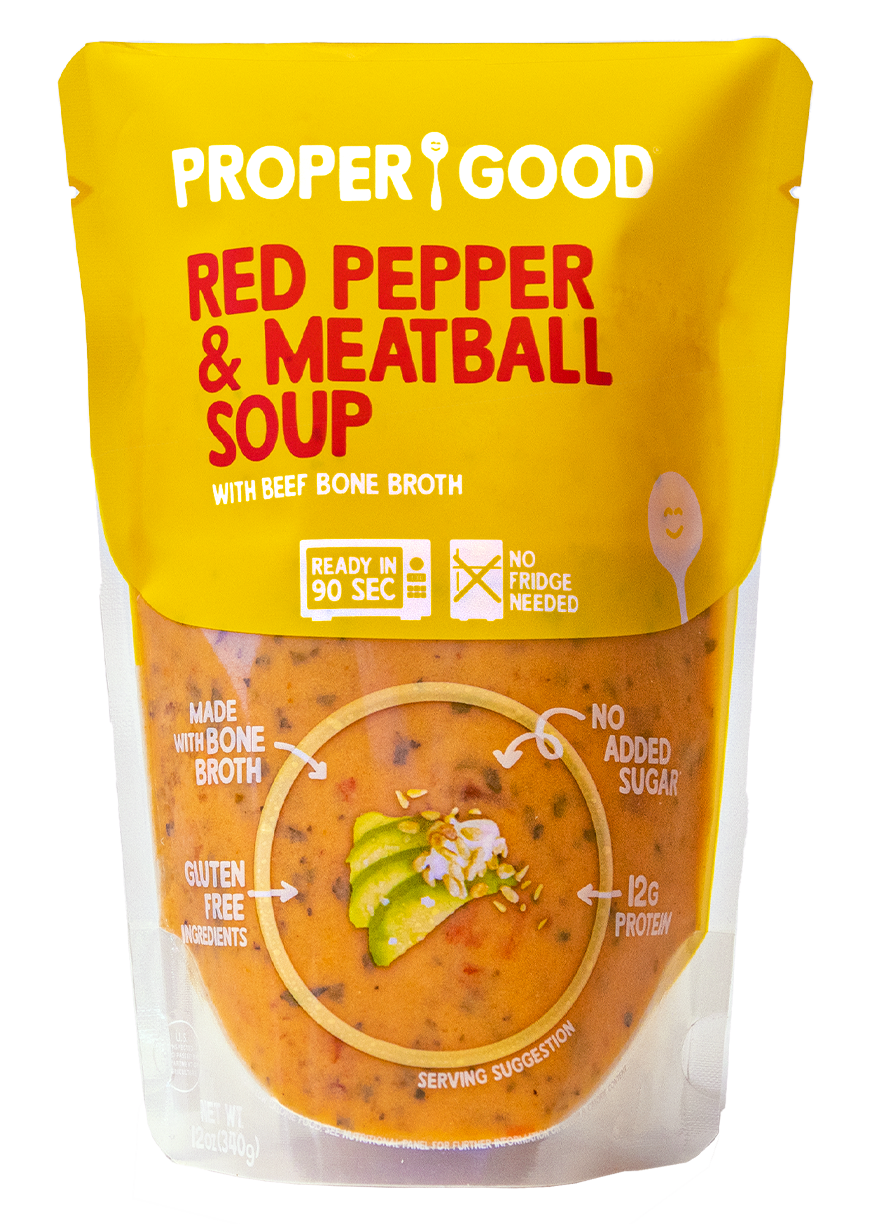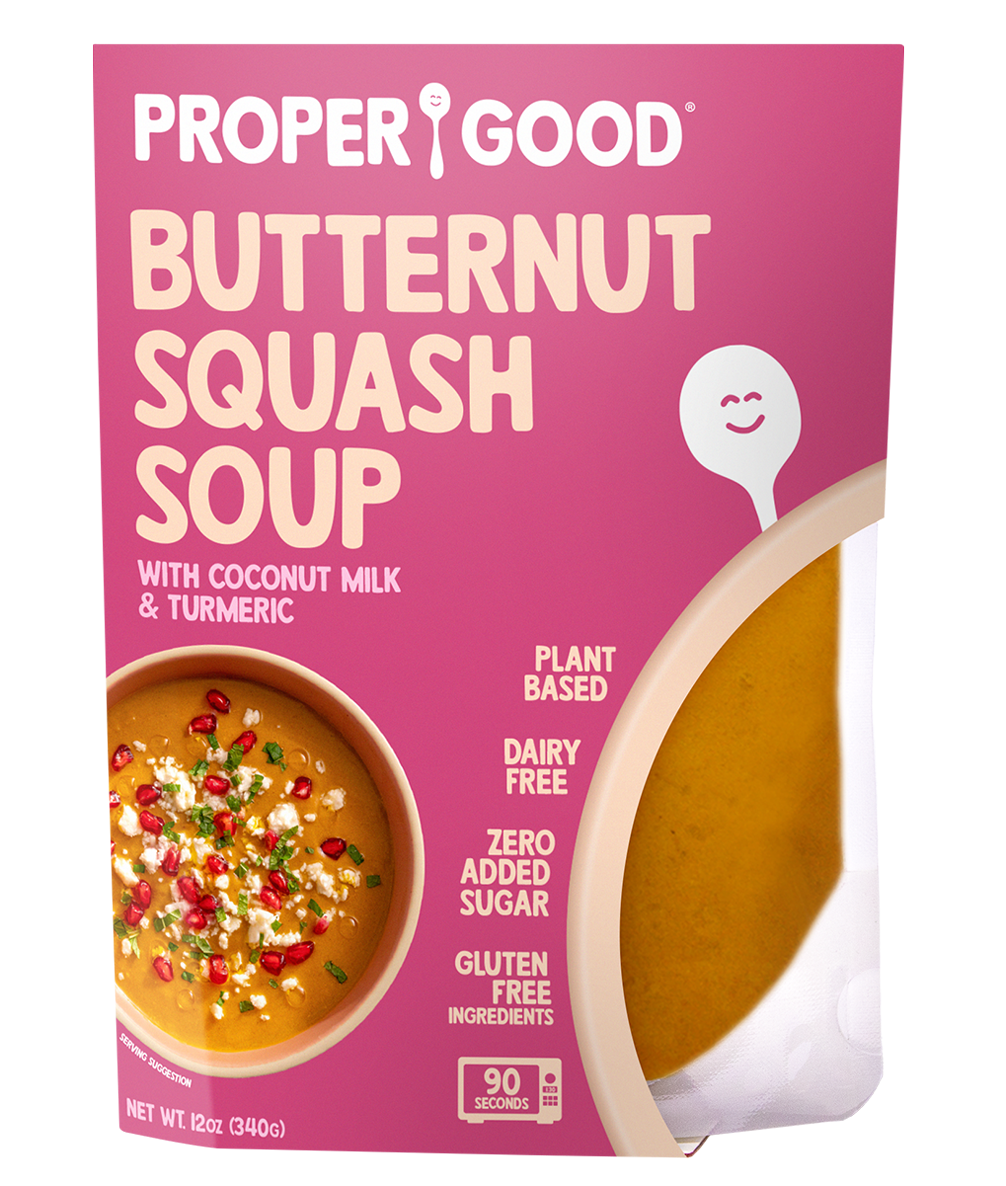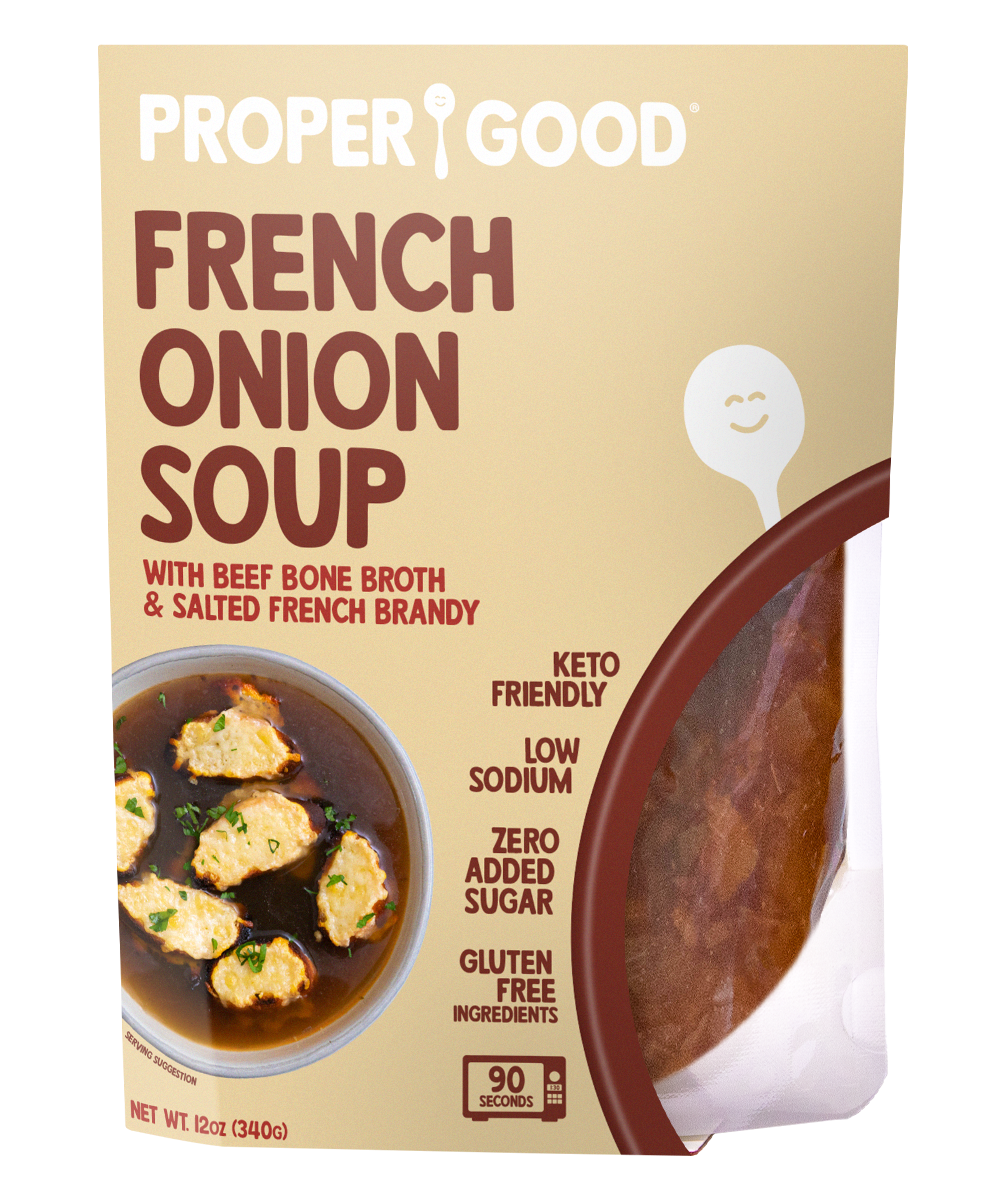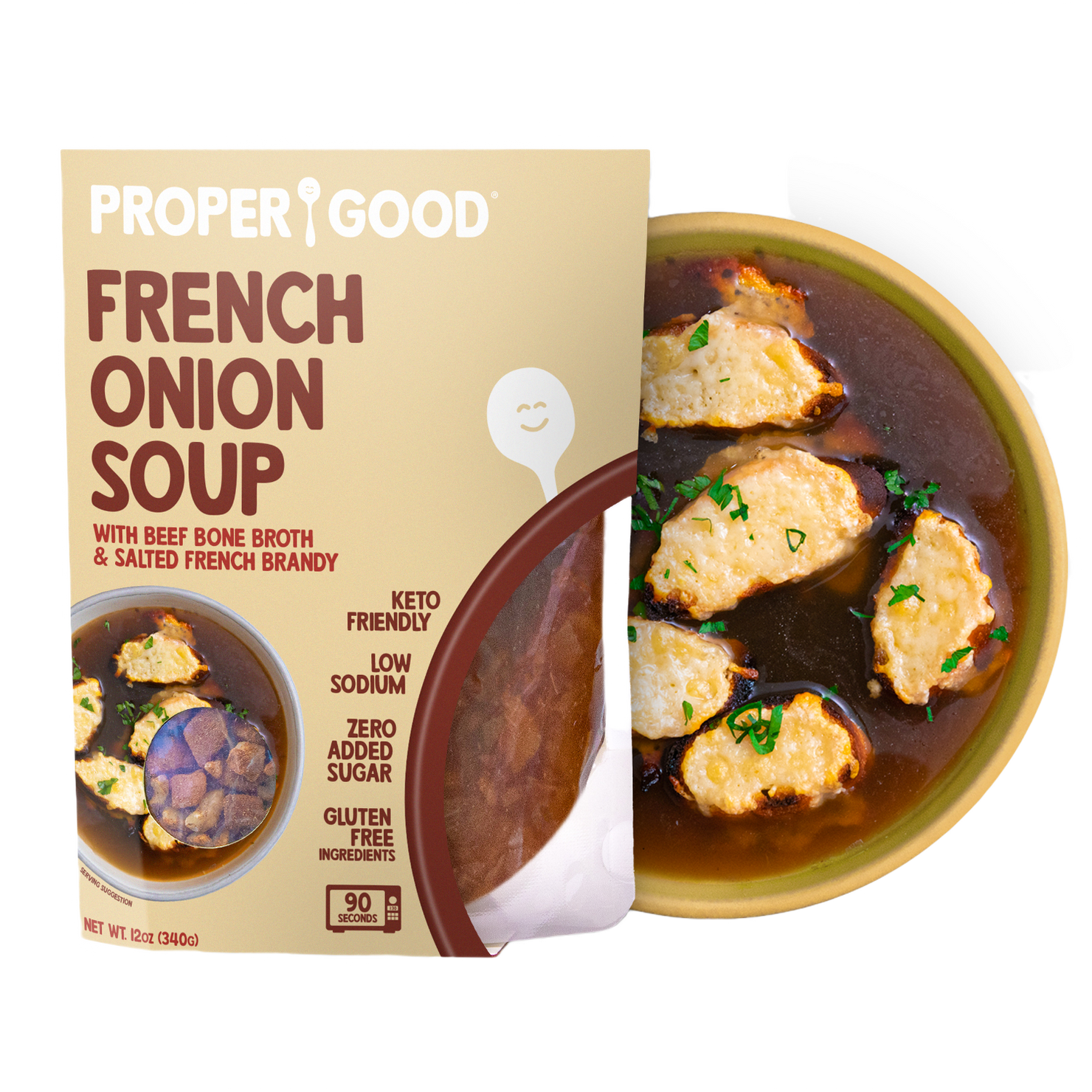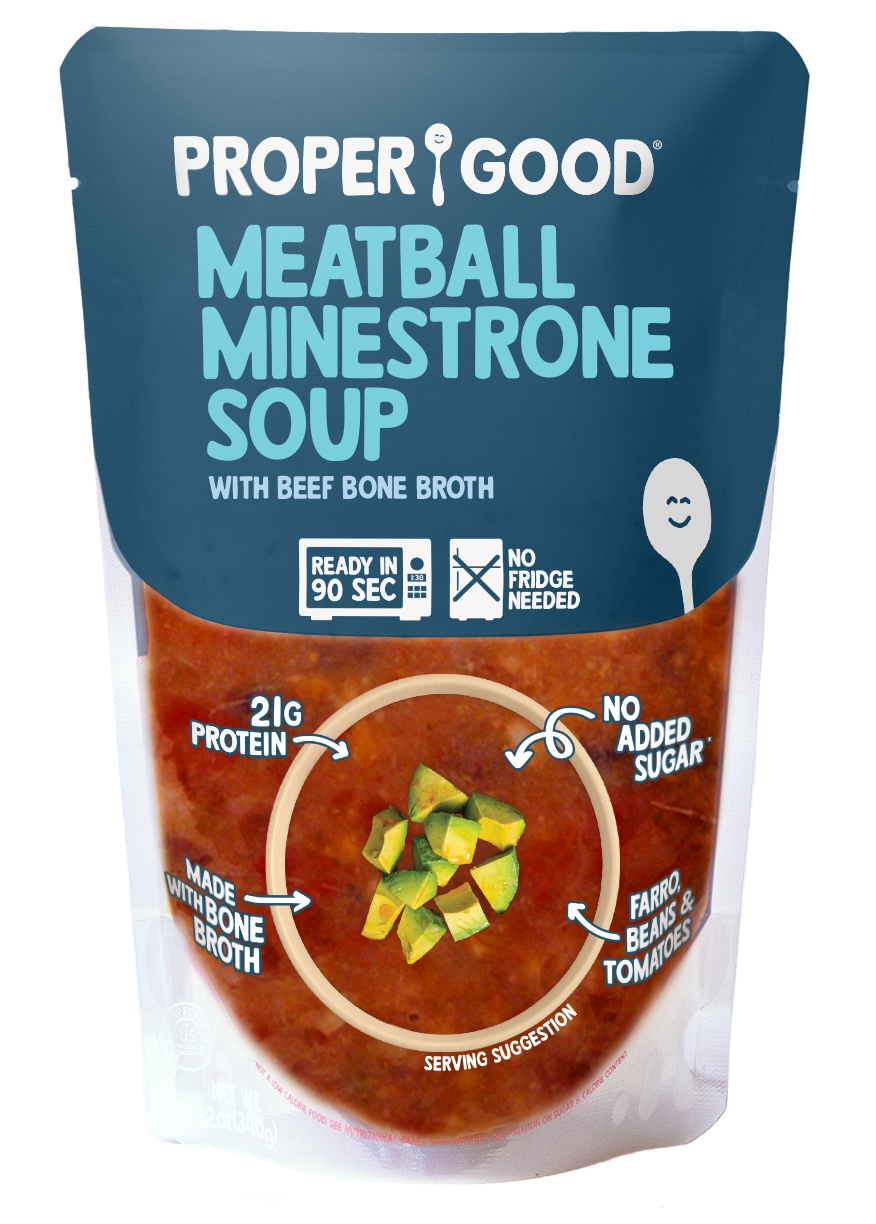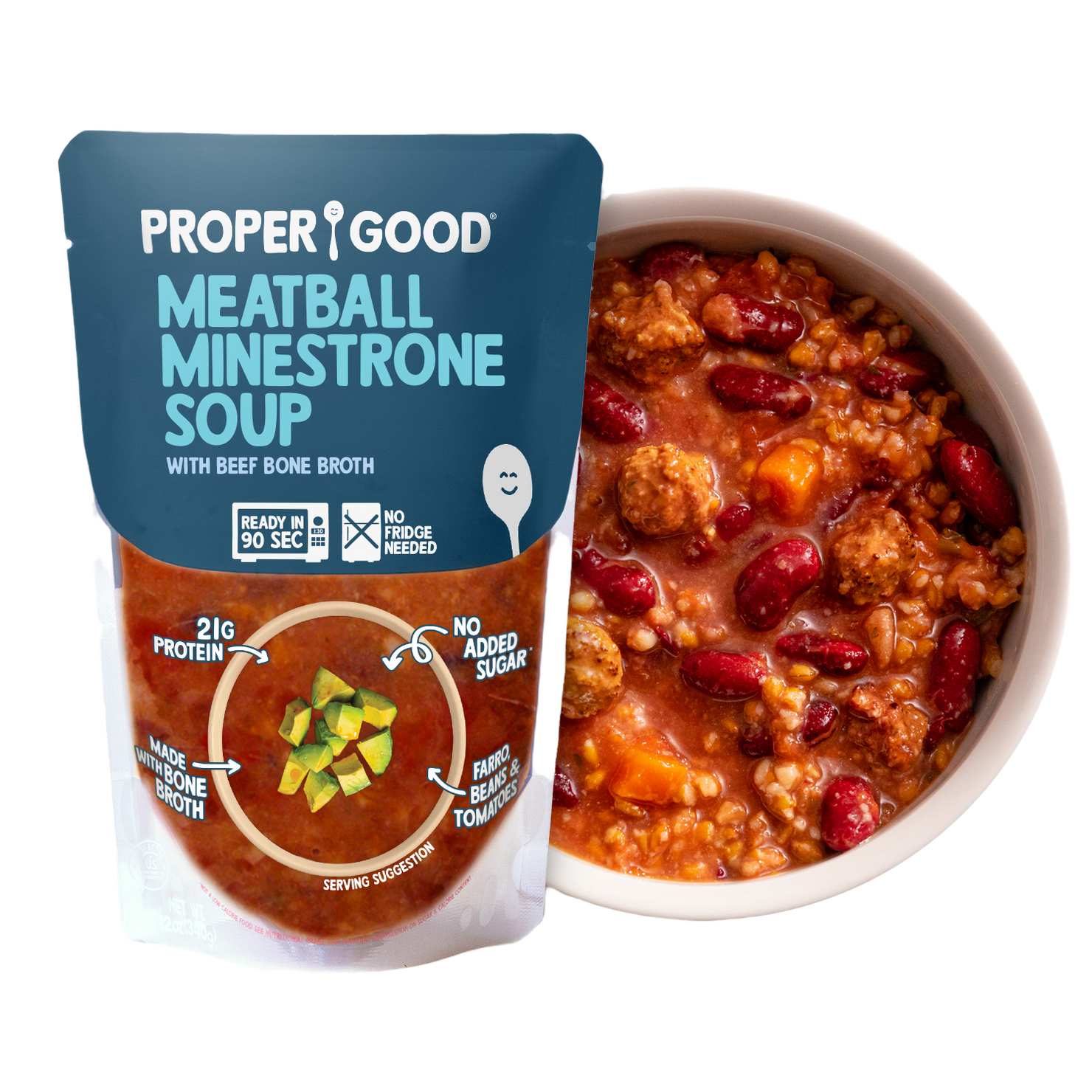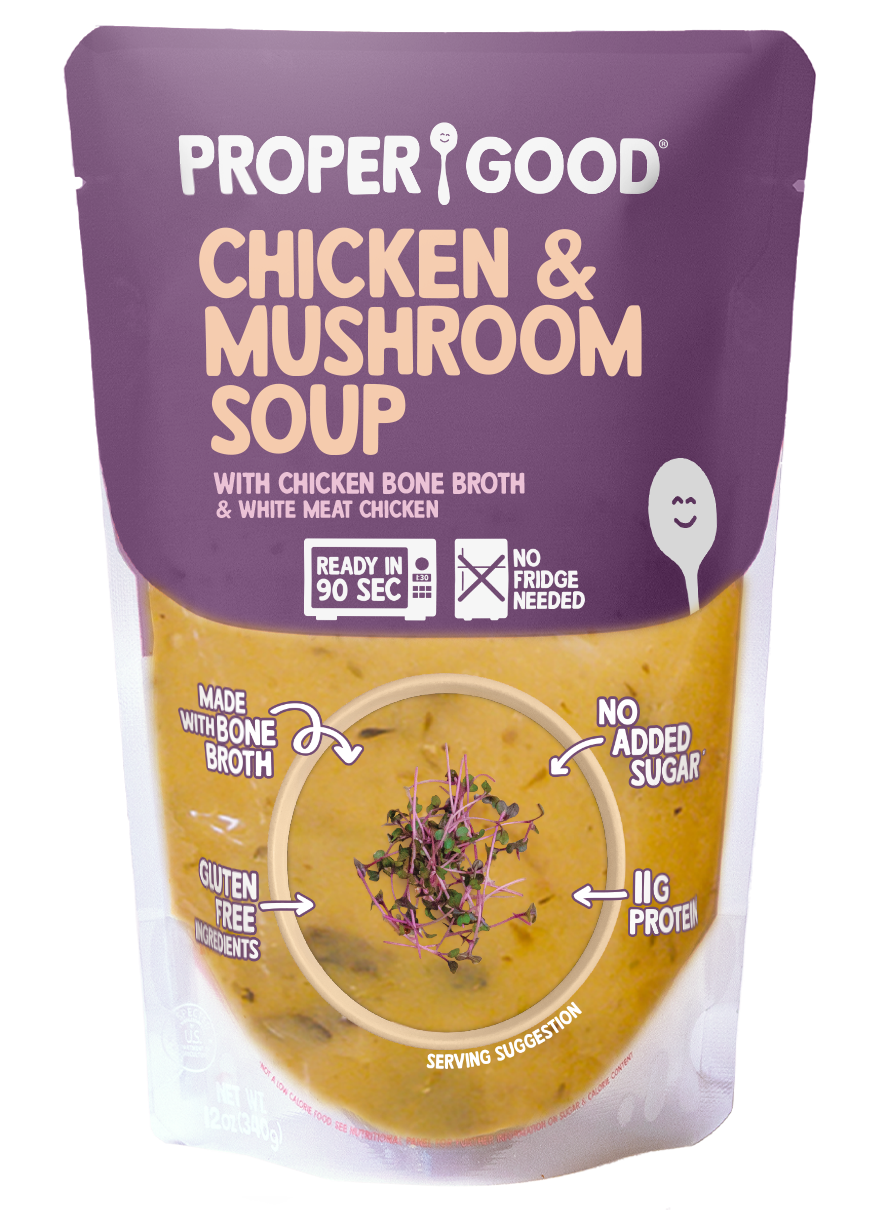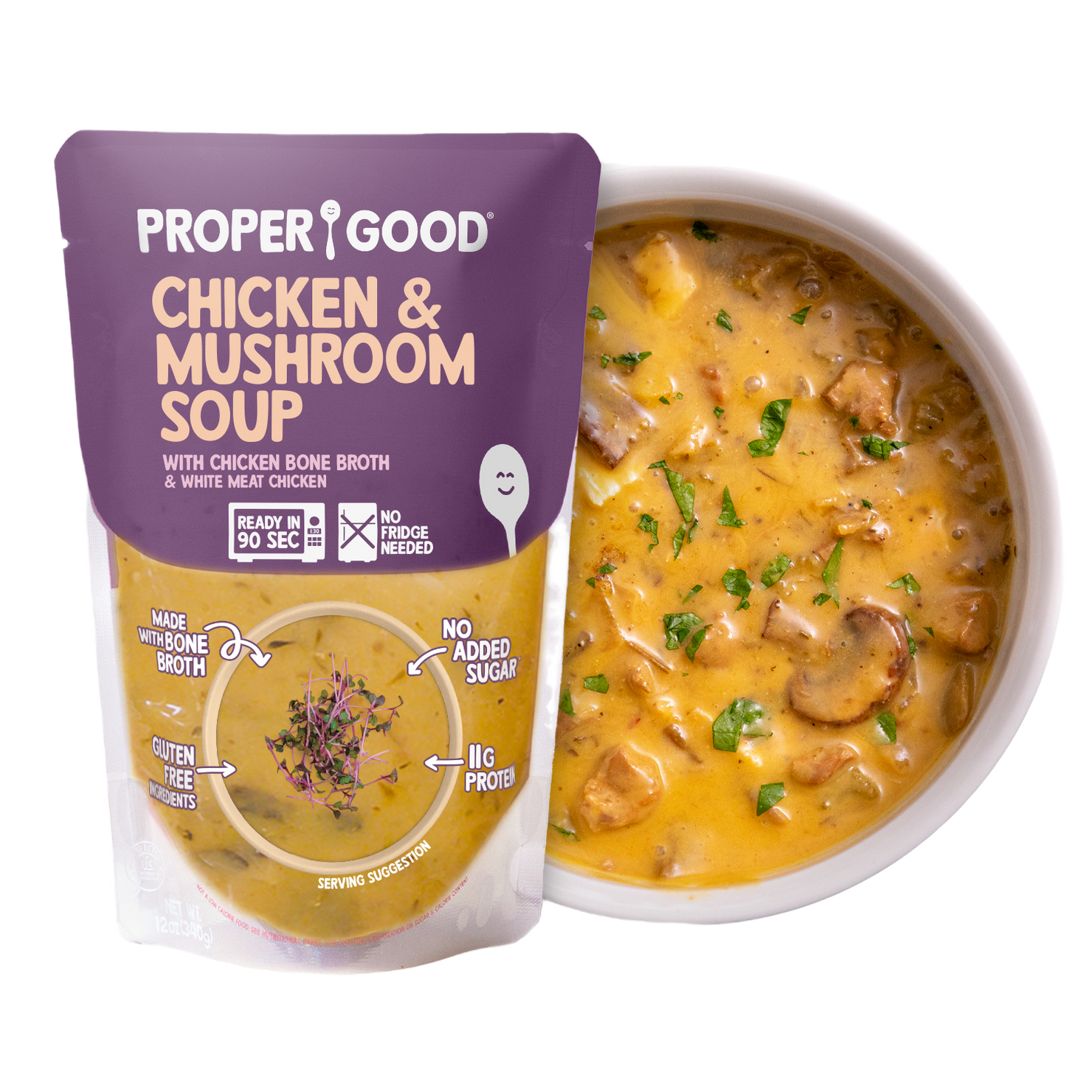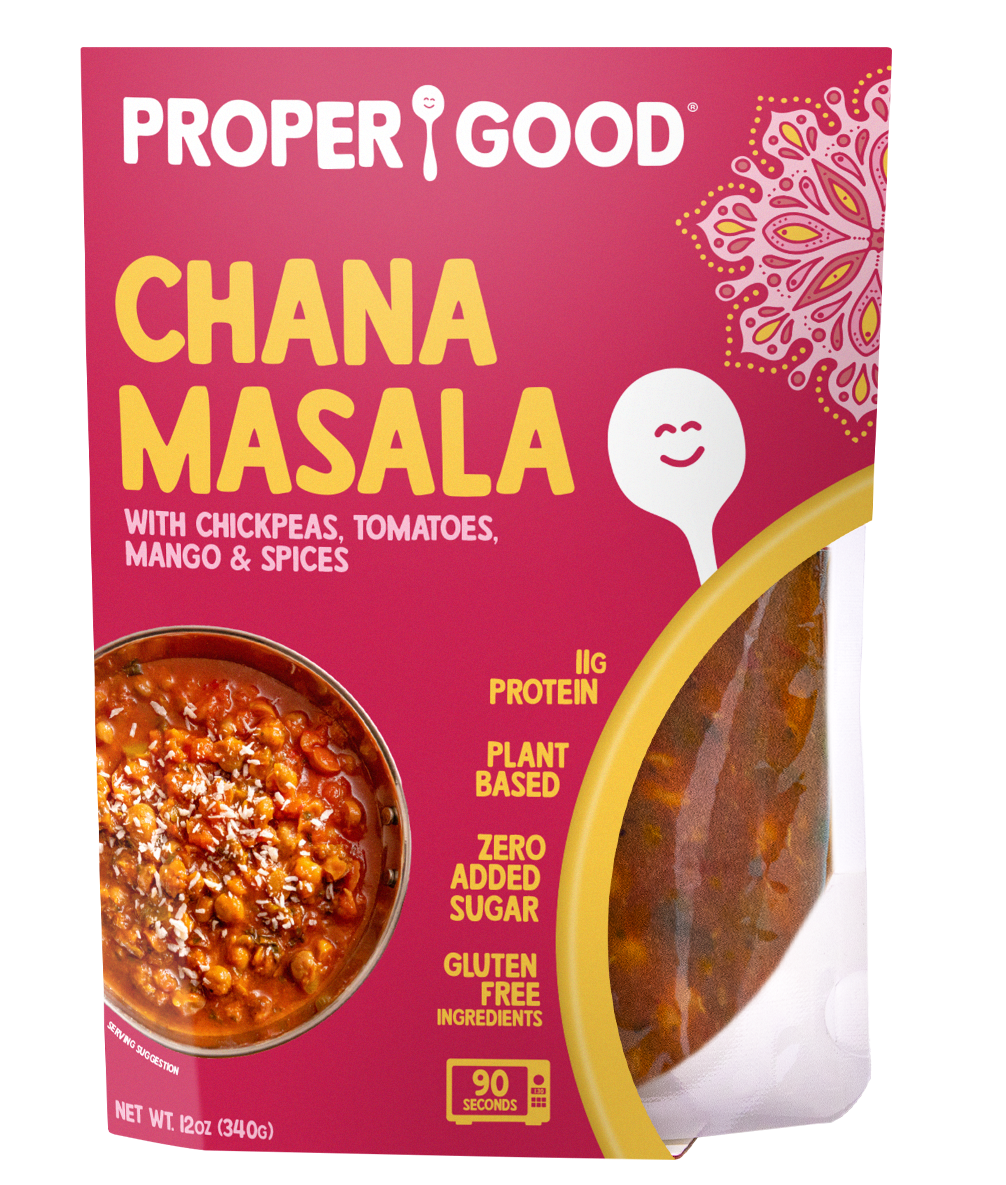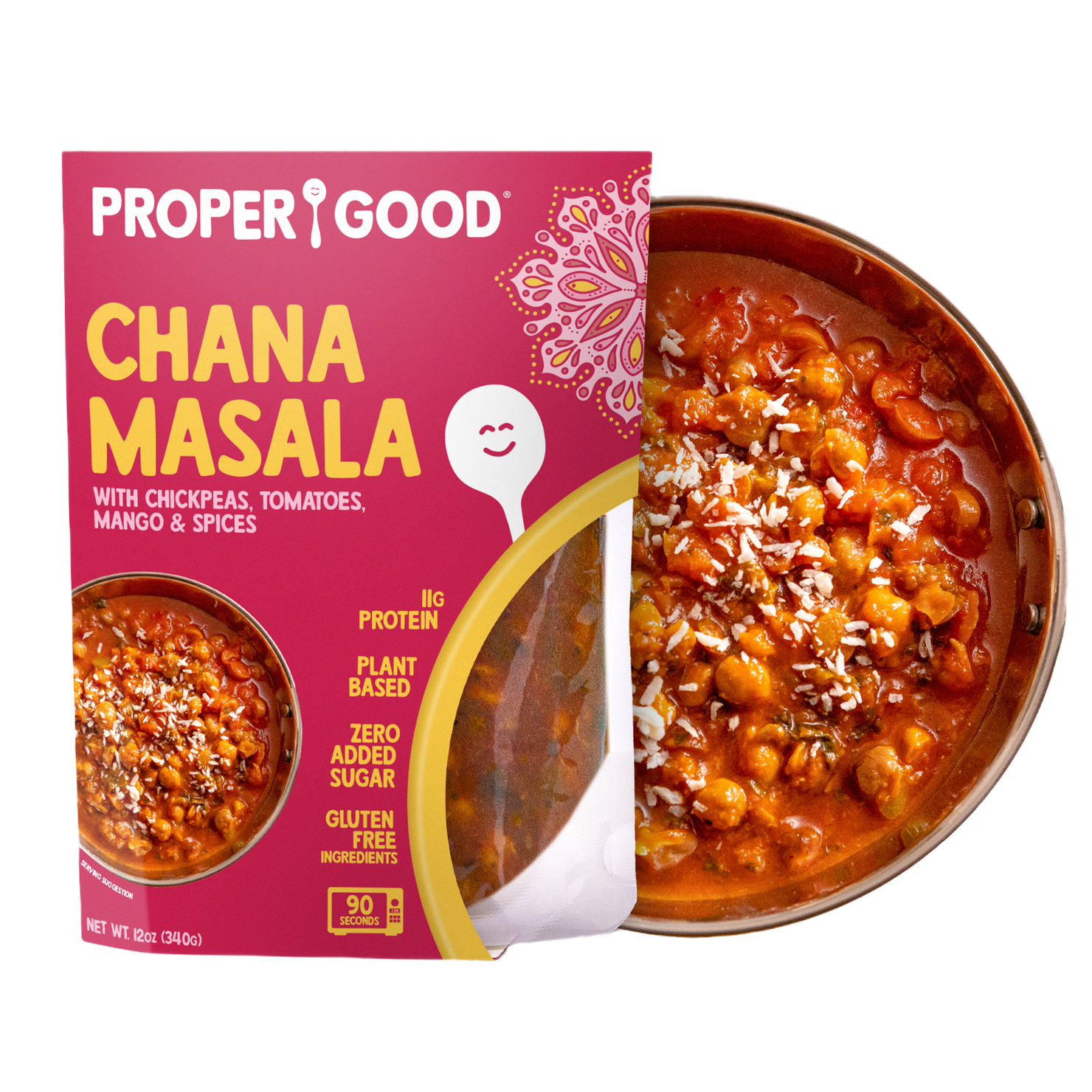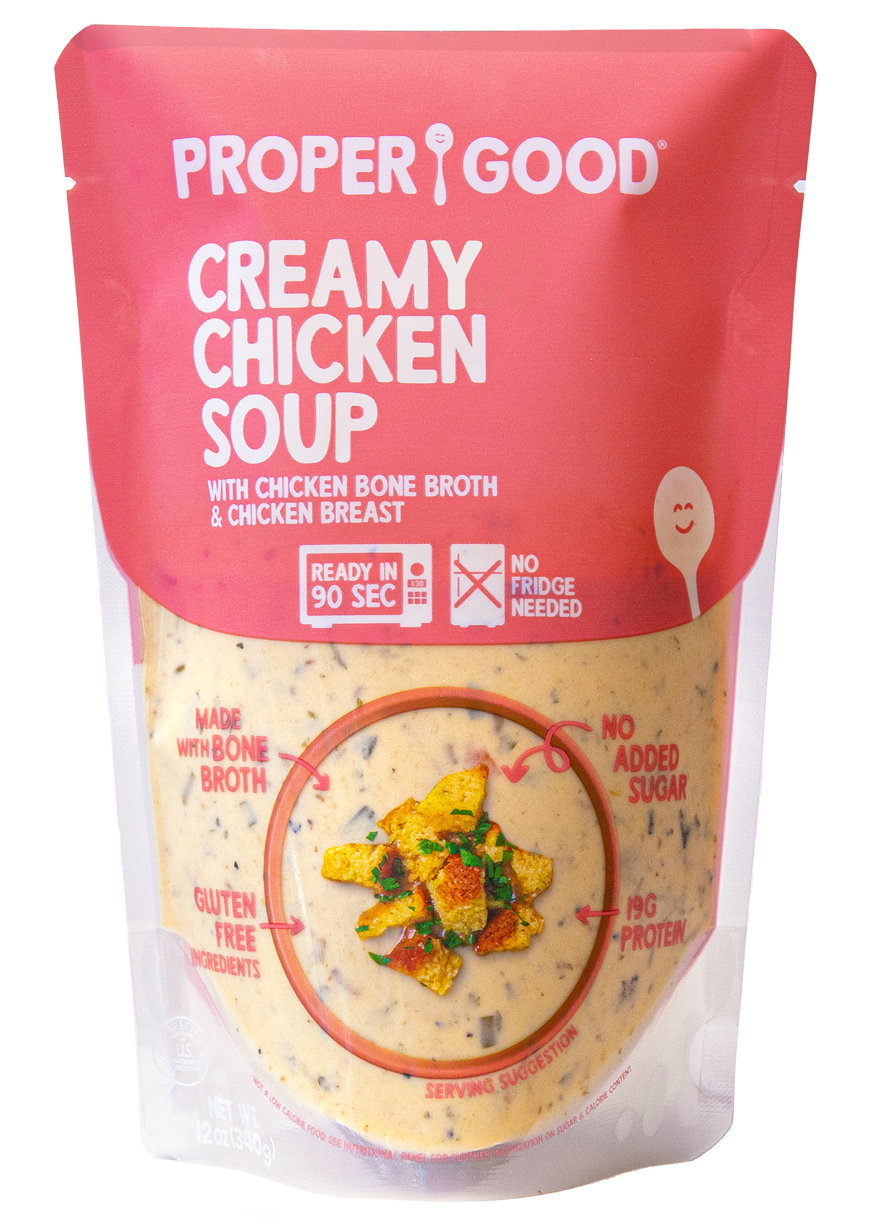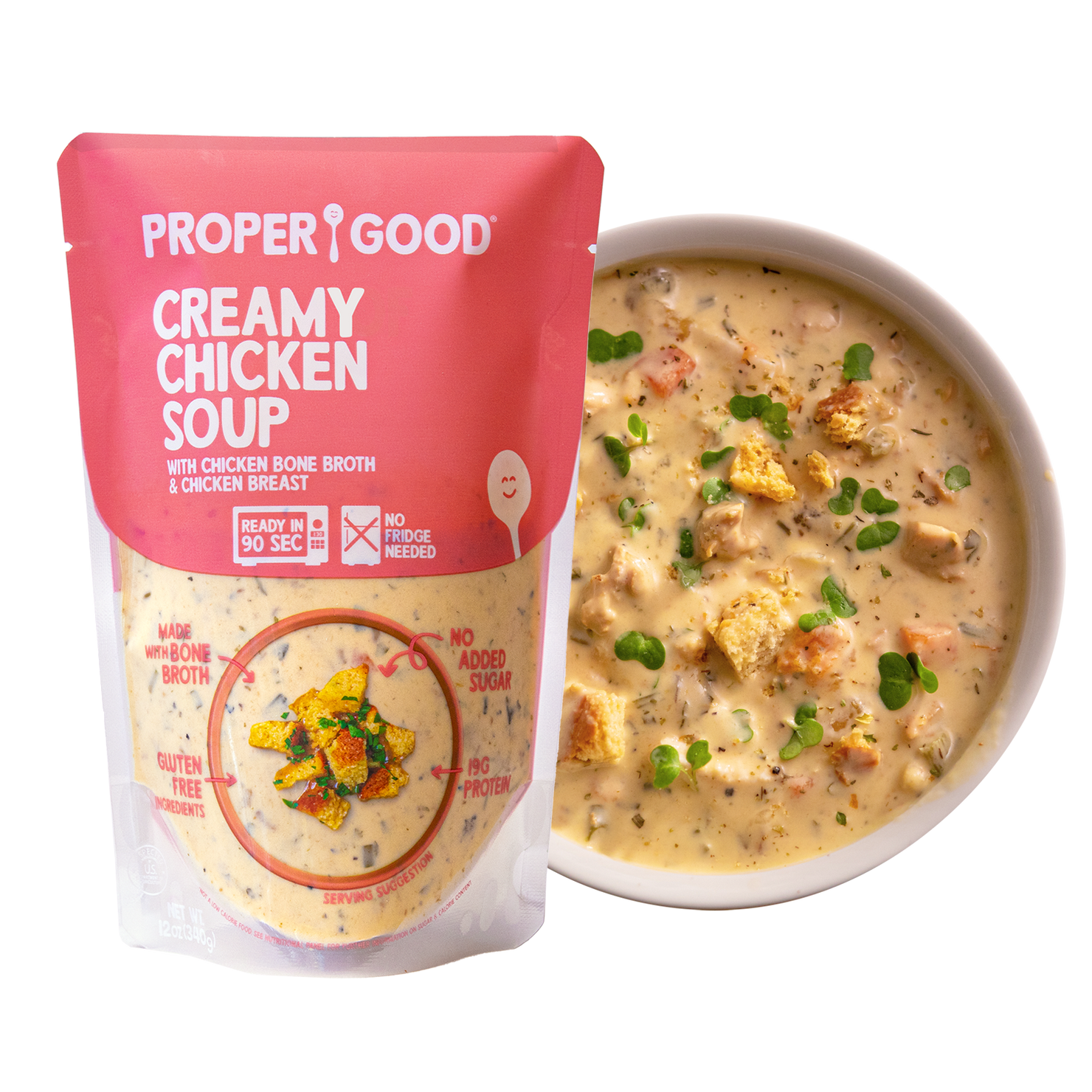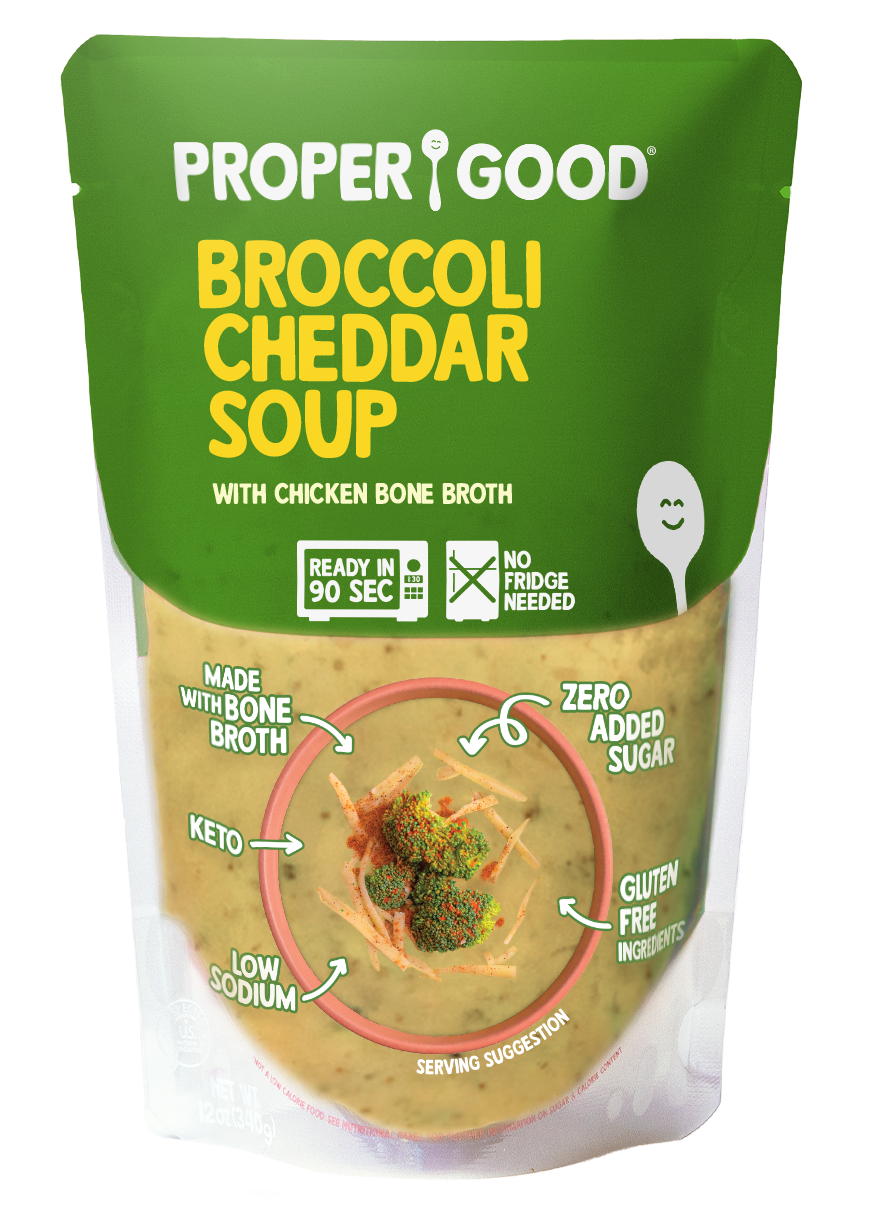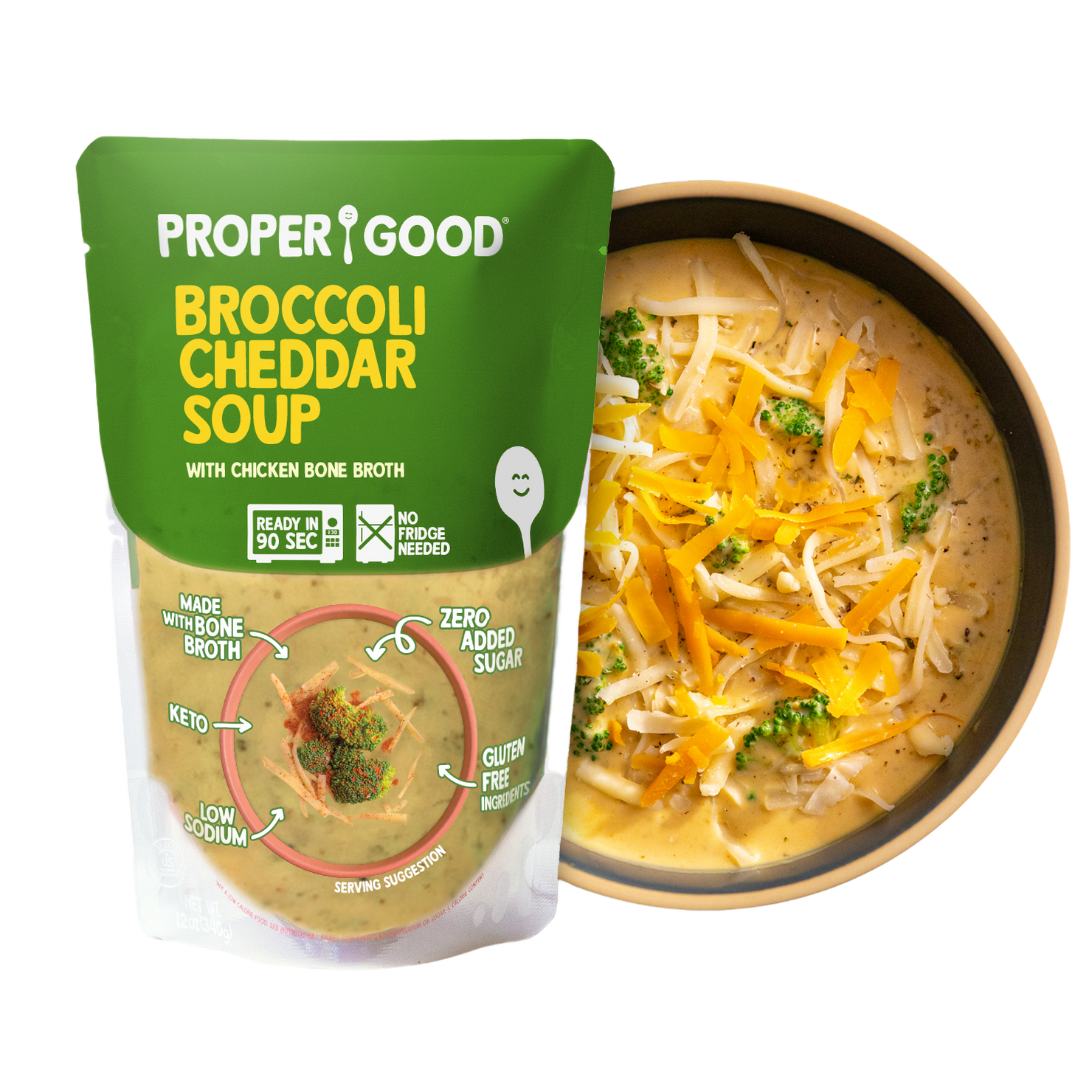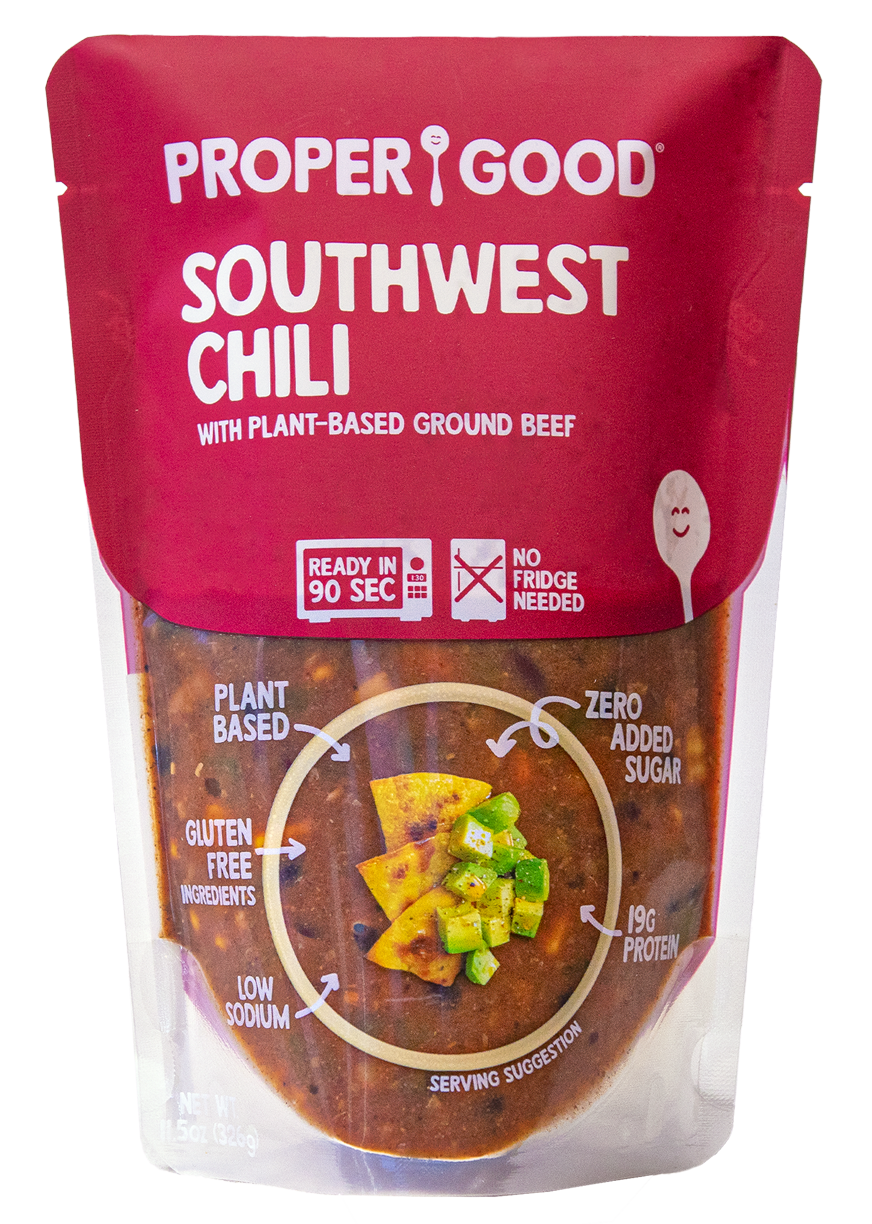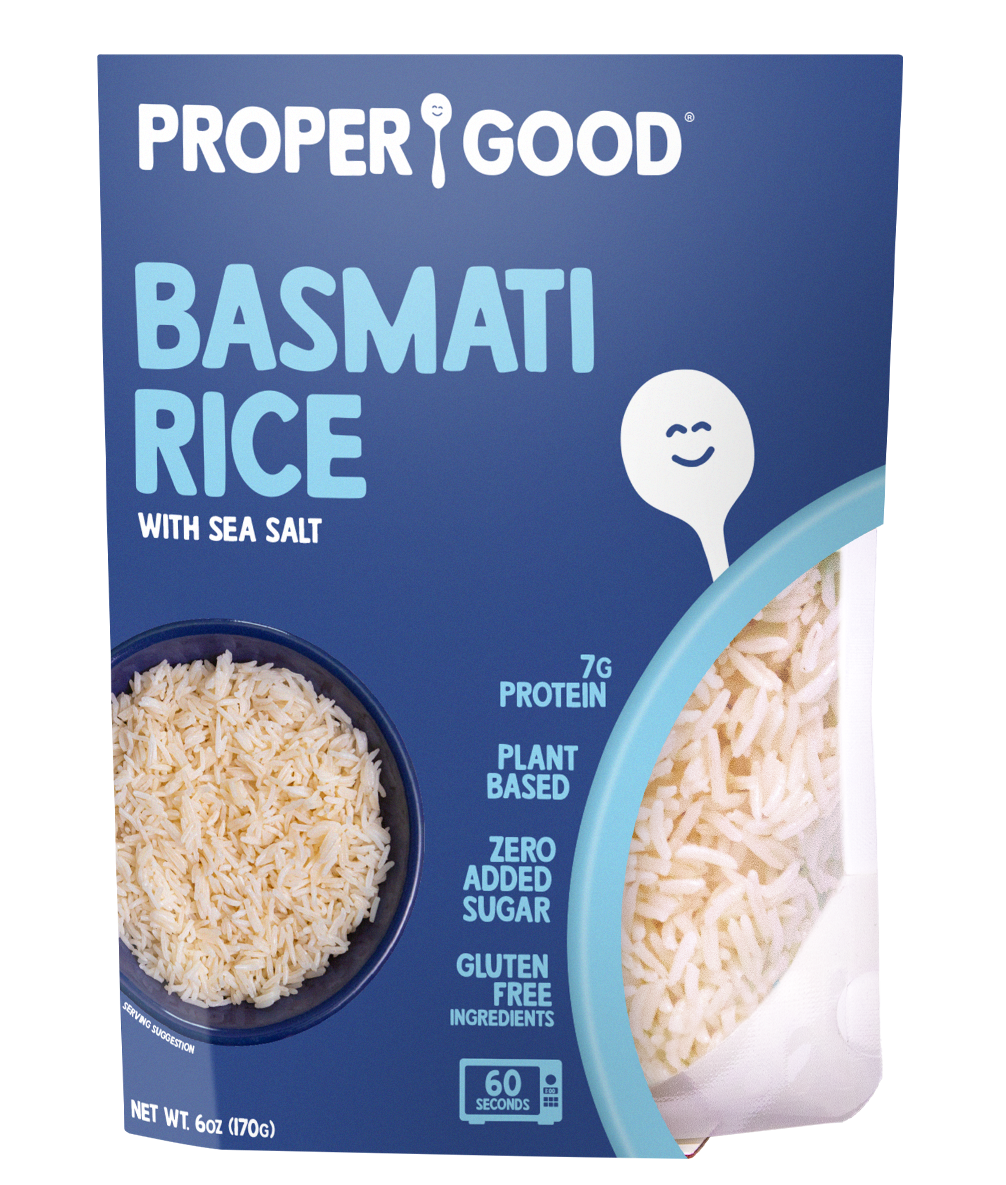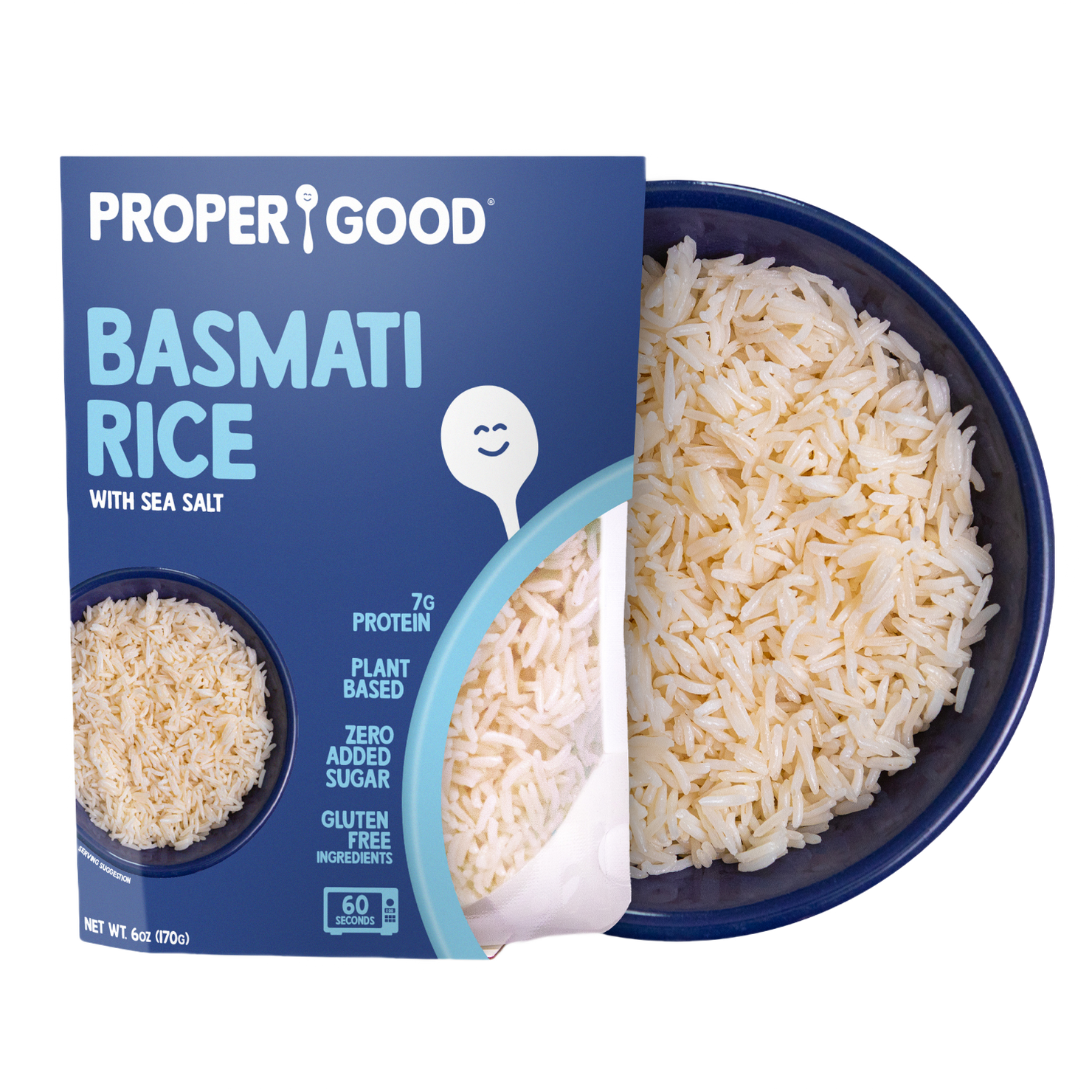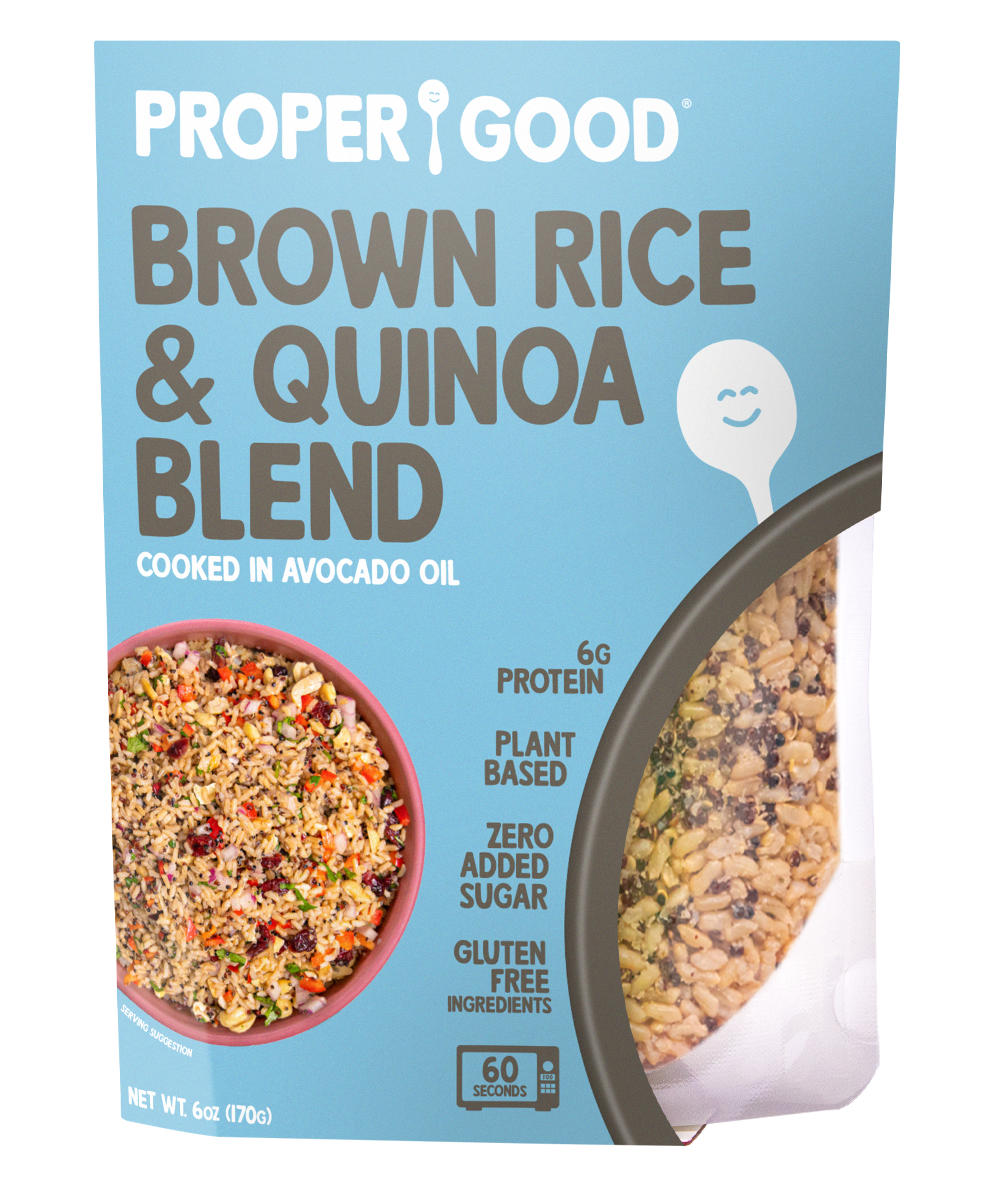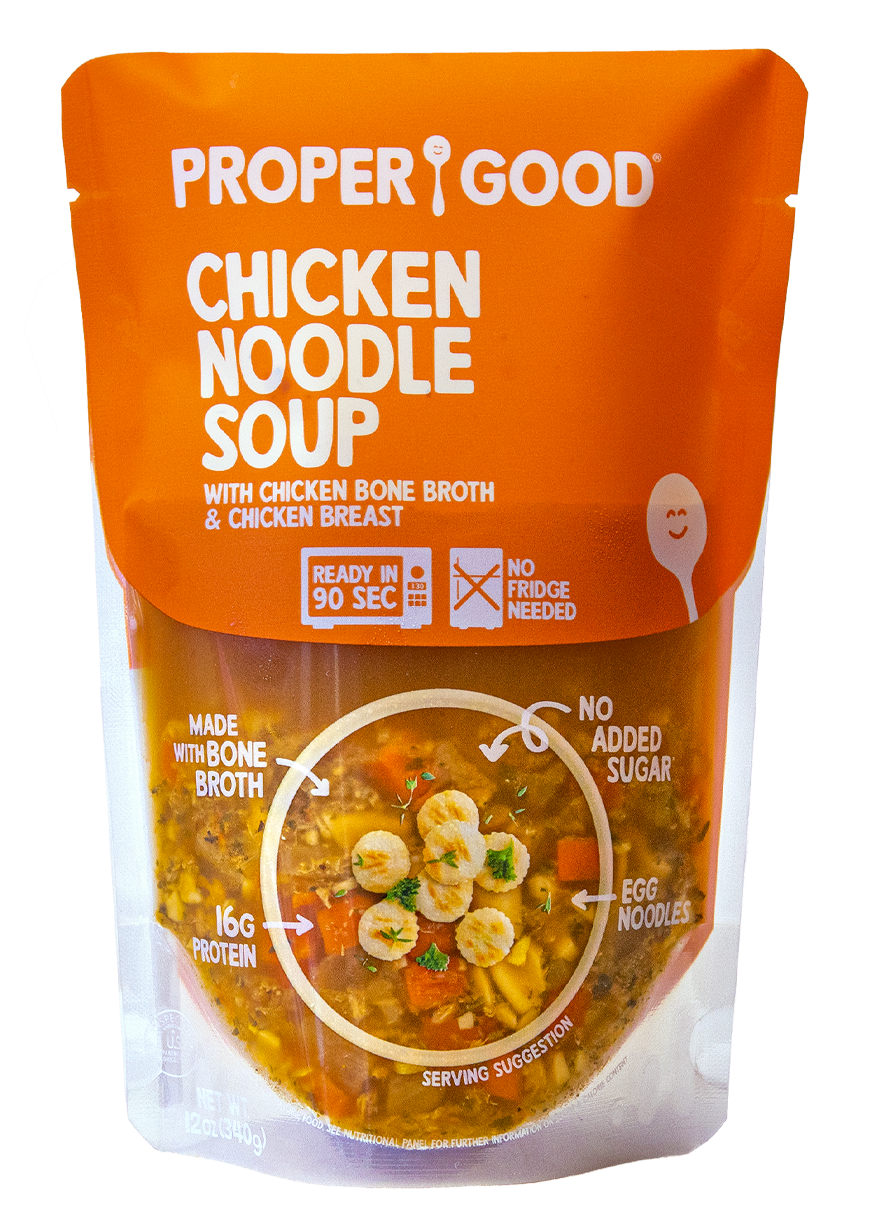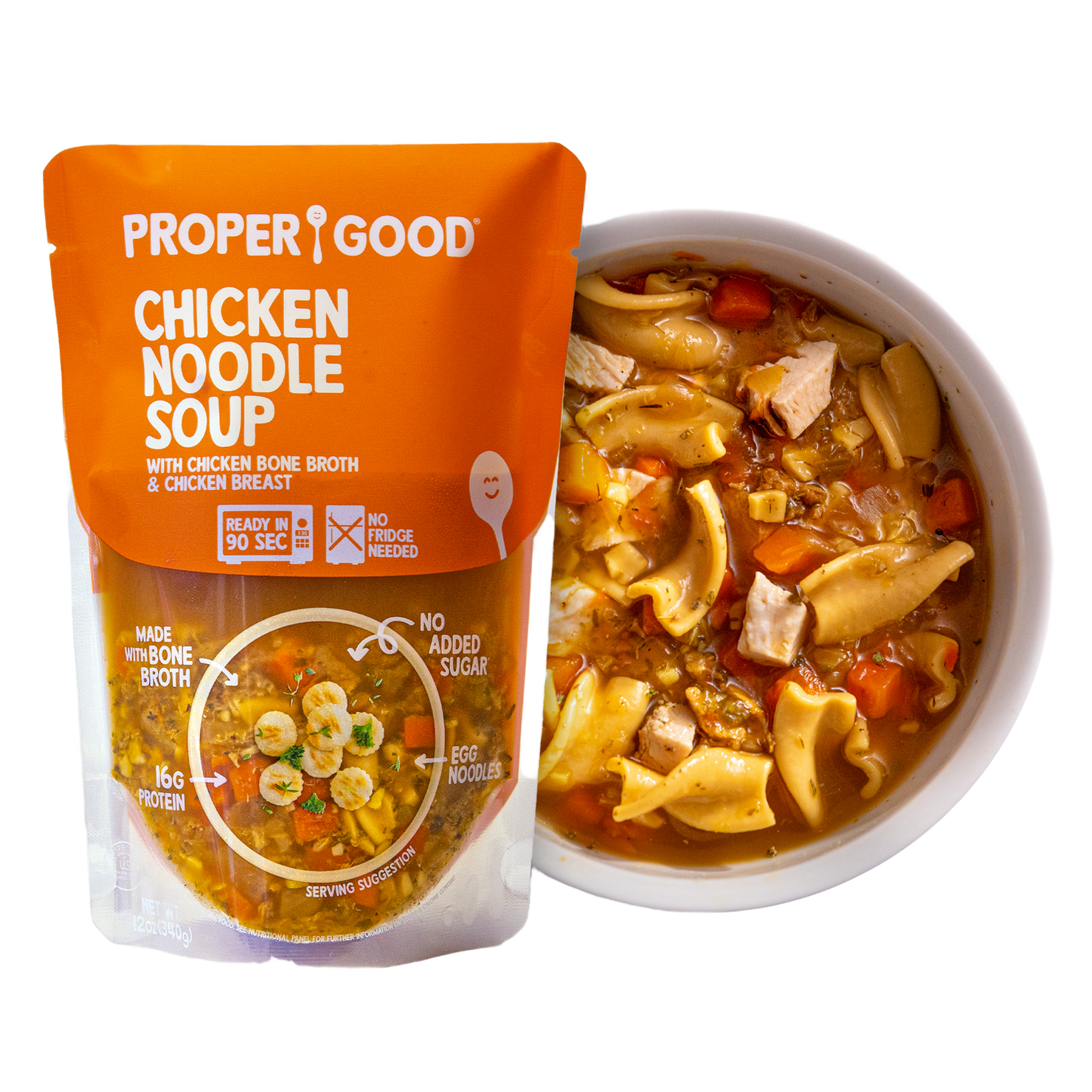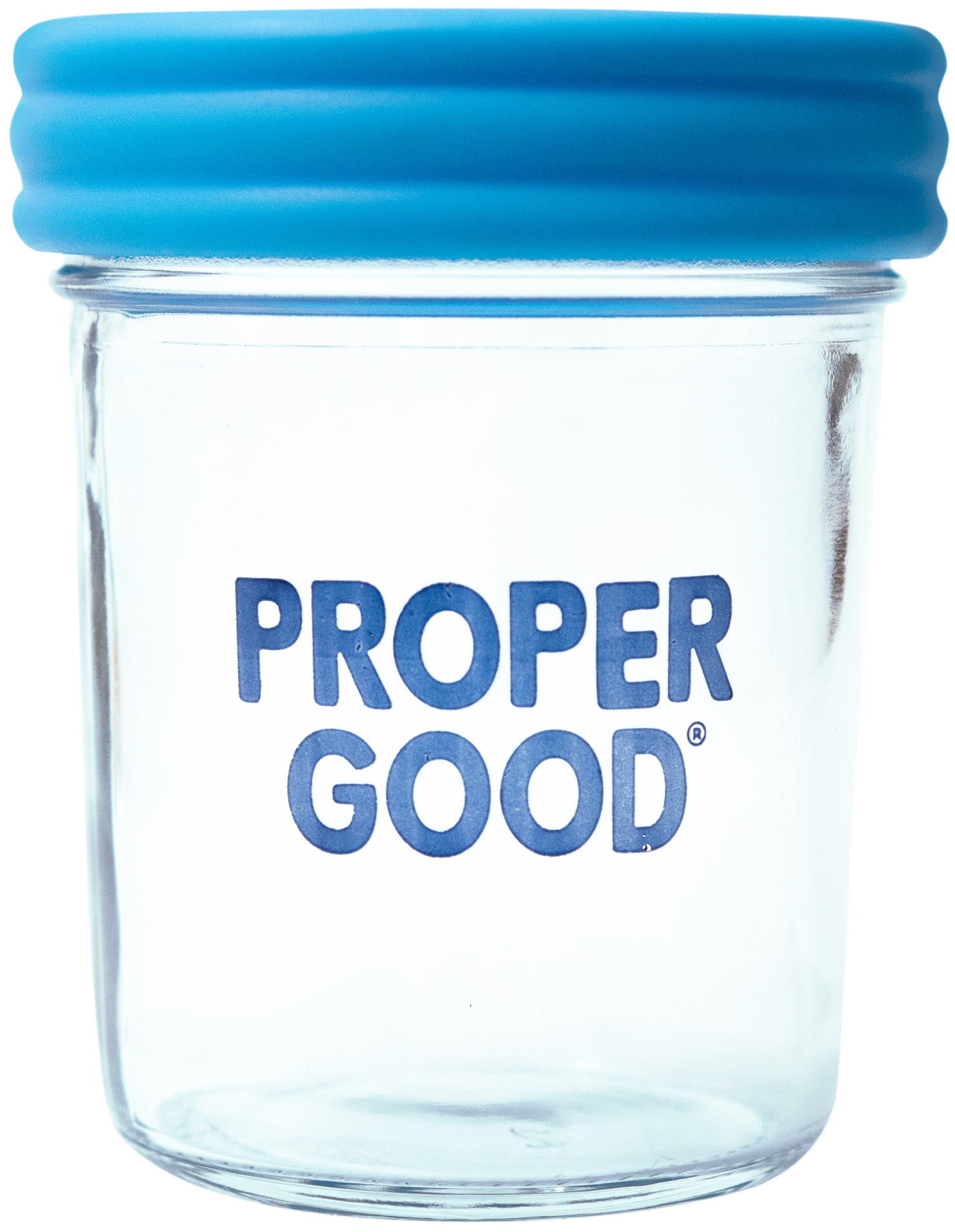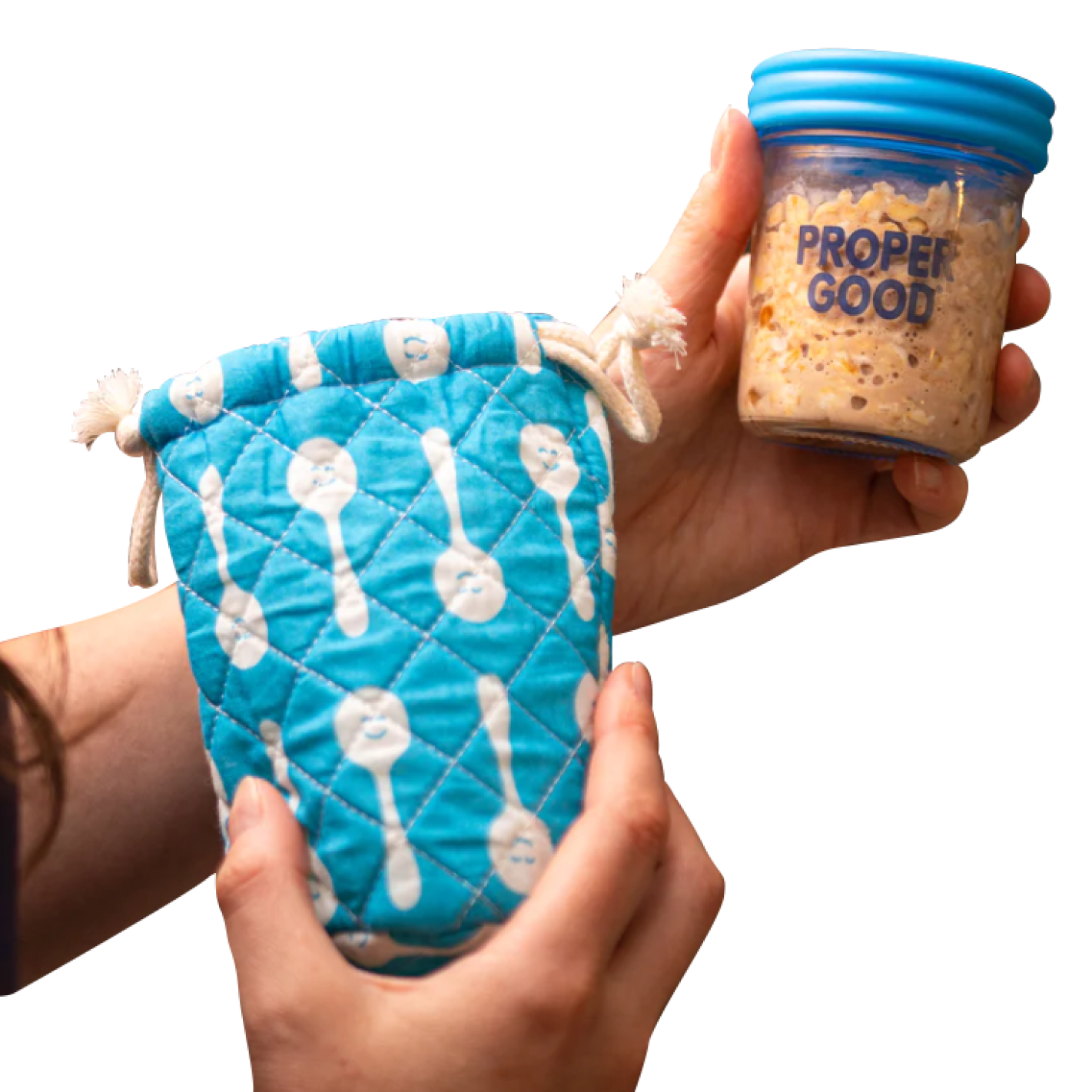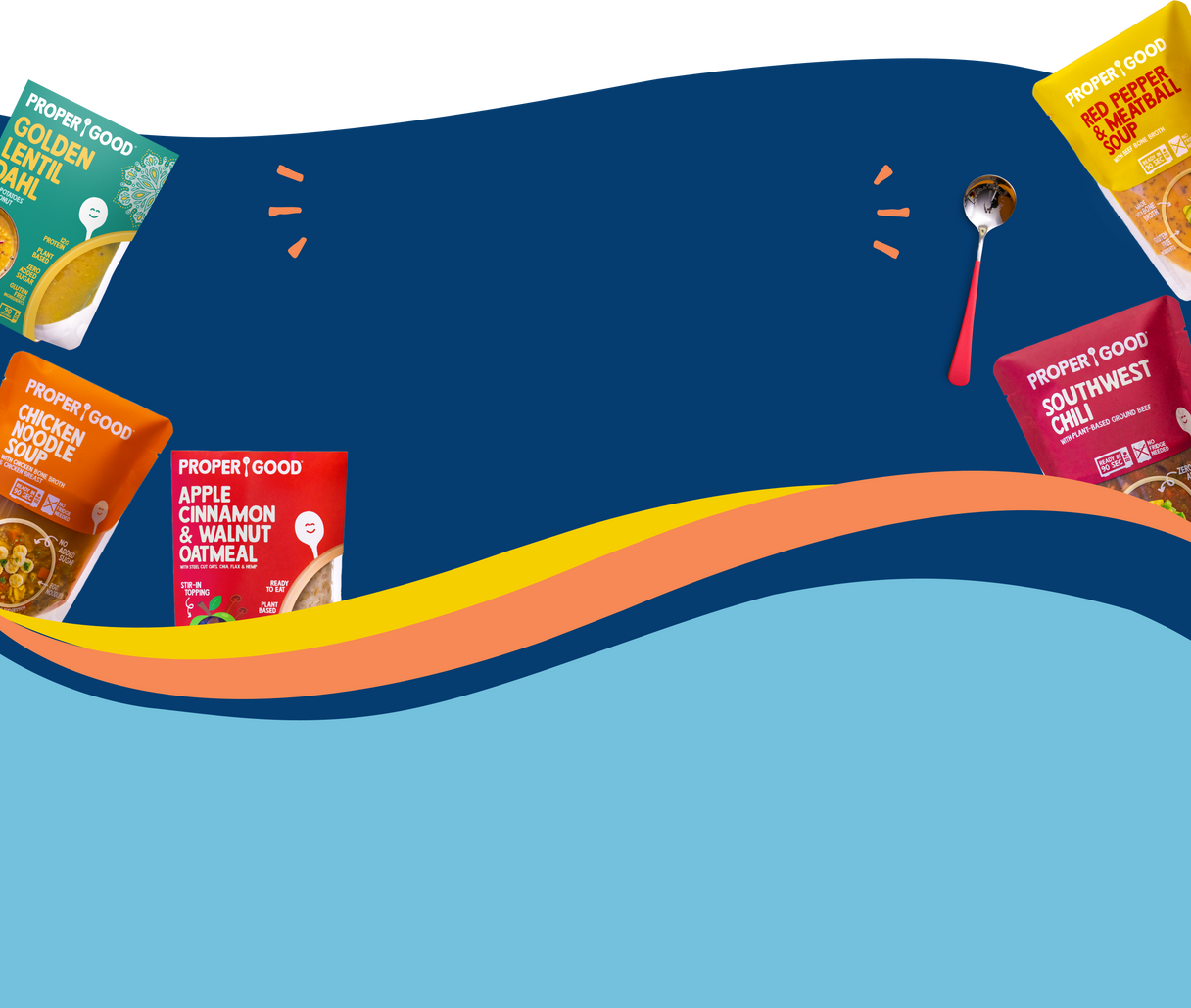

better ready meals.(that taste like mom made them)
clean ingredients you can pronounce.
no fridge - enjoy @home or work.
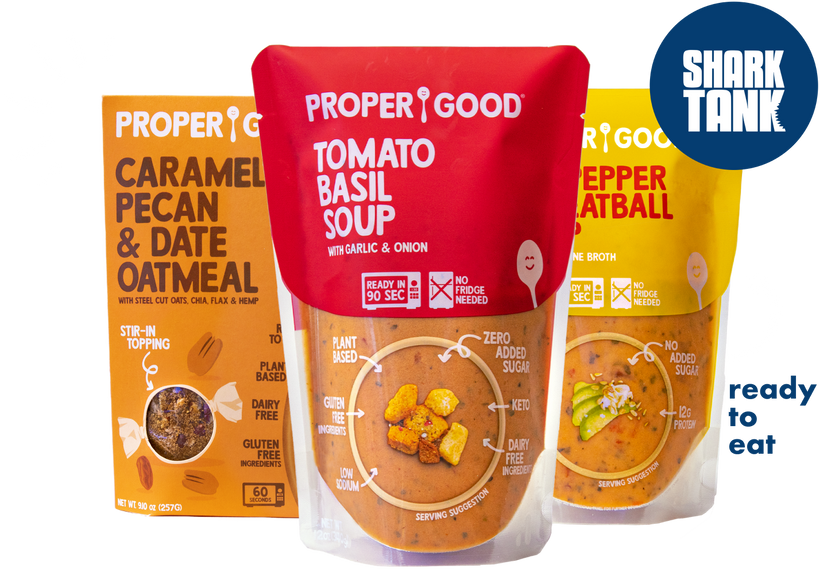
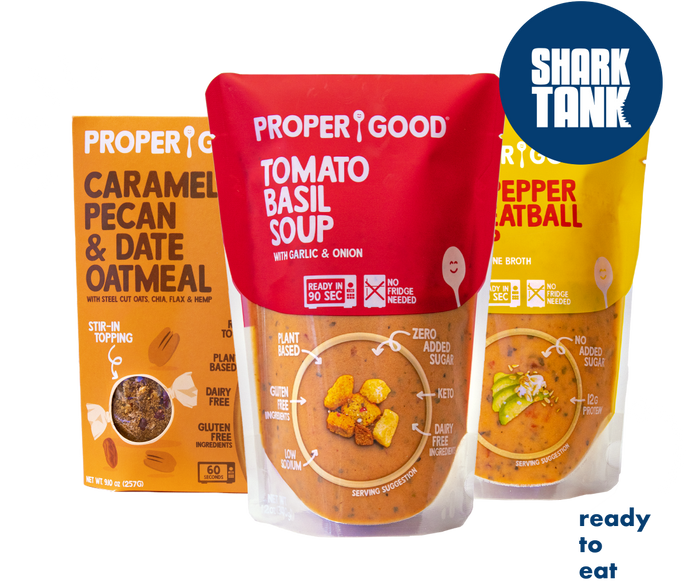
“the best $5 lunch ever - tasty, healthy, convenient”
“the best $5 lunch ever - tasty, healthy, convenient”
Breakfast. Lunch. Dinner. SOLVED.
Oatmeal, Overnight Oats, Soup, Curry, Chili, Rice & More…
Easy peasy.
Homemade taste in 90-seconds or less.
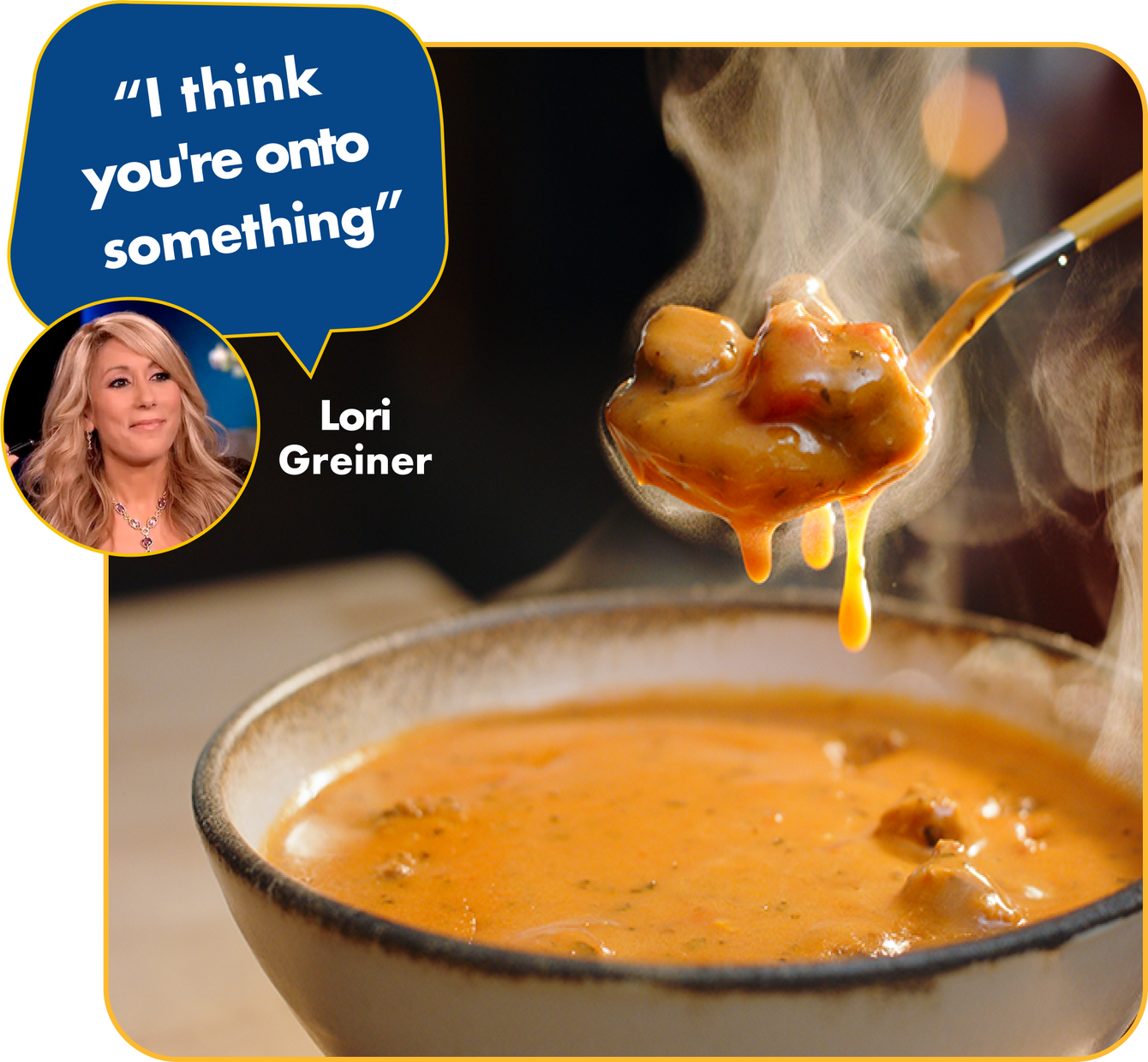
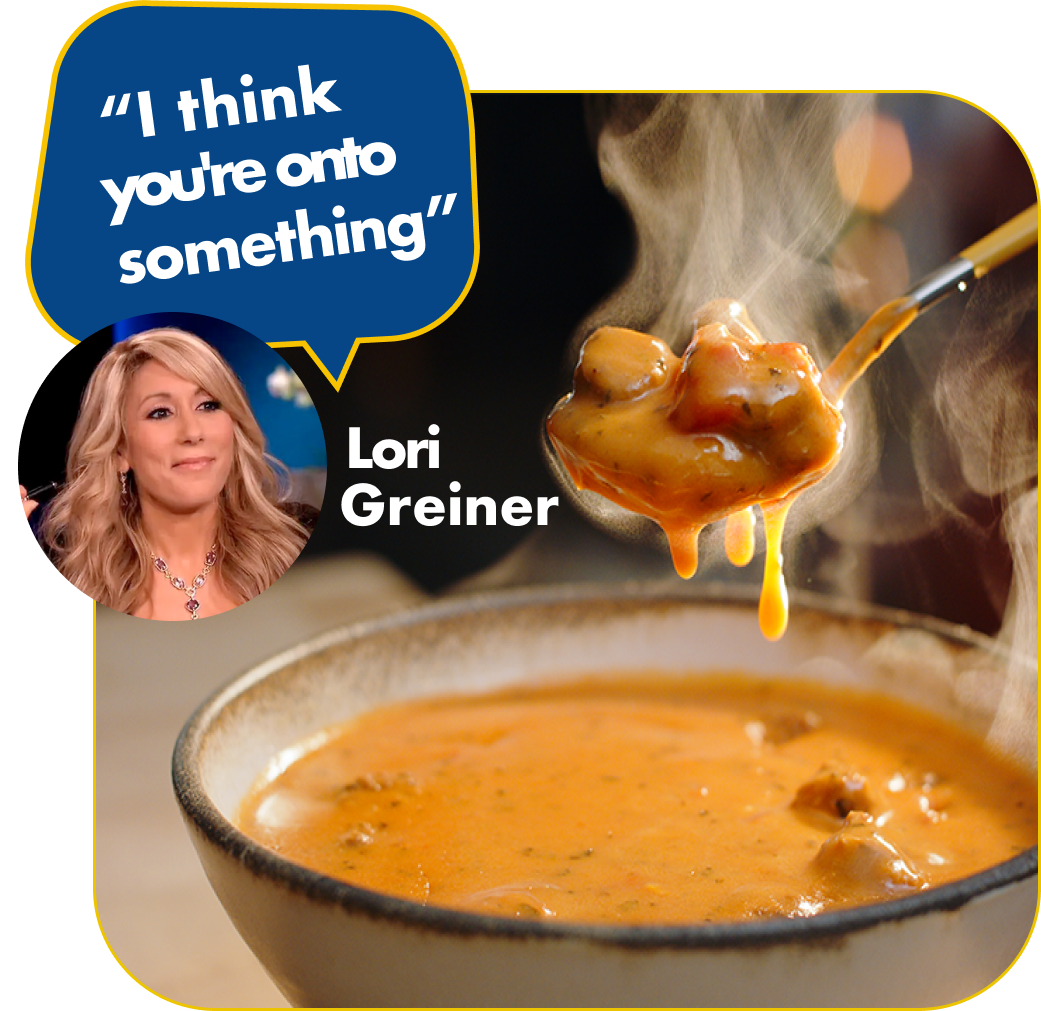
Easy peasy.
Homemade taste in 90-seconds or less.

no fridge
needed

ready in 90 seconds
or less
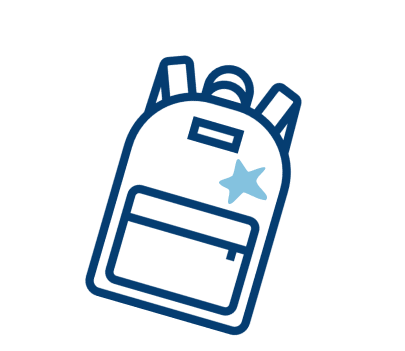
commute
friendly

wholesome
ingredients

home-made
taste
15,000 5-star reviews.
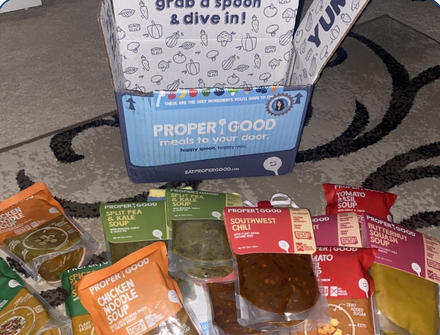
“Love the fast meals. Thanks for providing such convenient and delicious meals.”
Stephanie J. | Verified Buyer
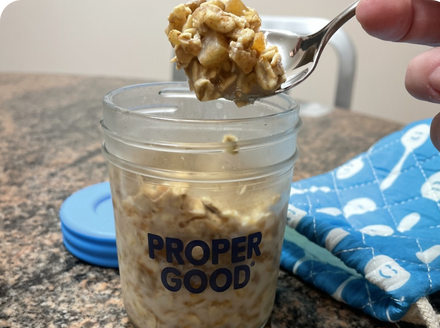
“These were INSANELY good!! The flavor is really outstanding, by far the best oatmeal we’ve ever had.”
Alex P. | Verified Buyer
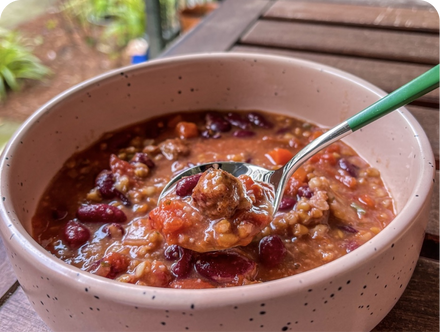
“Love this one! Very good flavors and easy to heat up for a quick meal on the go!”
Travis M. | Verified Buyer
A rich & light broth based soup.
The Sharks Love Our Meals.

Founders story
Find out why we started Proper Good, our favorite way to enjoy the meals & fun behind the scenes insights!

save 20% with meals on auto-pilot.
90-second meals always on hand whenever you need them. save on every order to make meal time easier.

save 20%
on every order

free shipping
always.

no committment.
swap, skip, cancel at any time.

early access
new flavors
the press is eating us up.

"popular as people realize the importance of food & nutrition for their wellbeing”

“Full-flavored meals as if they were just assembled by a professional chef”

"healthy effortless lunches and dinners ready to eat in 90 seconds"
"delivers absurdly delicious packaged meals directly to your door"

"a great option for an office lunch, camping meal, or weeknight dinner"

"delivers absurdly delicious packaged meals directly to your door"
(these folks are too.)

have peace of mind
Happy Spoon Guarantee.
We know buying food online can be tough, so we have our 30-day happy spoon guarantee, this means that if you (or your spoon) aren't 100% happy with your meals we'll refund your meals & make things right! Yep, we're that sure you're going to LOVE proper good meals!


